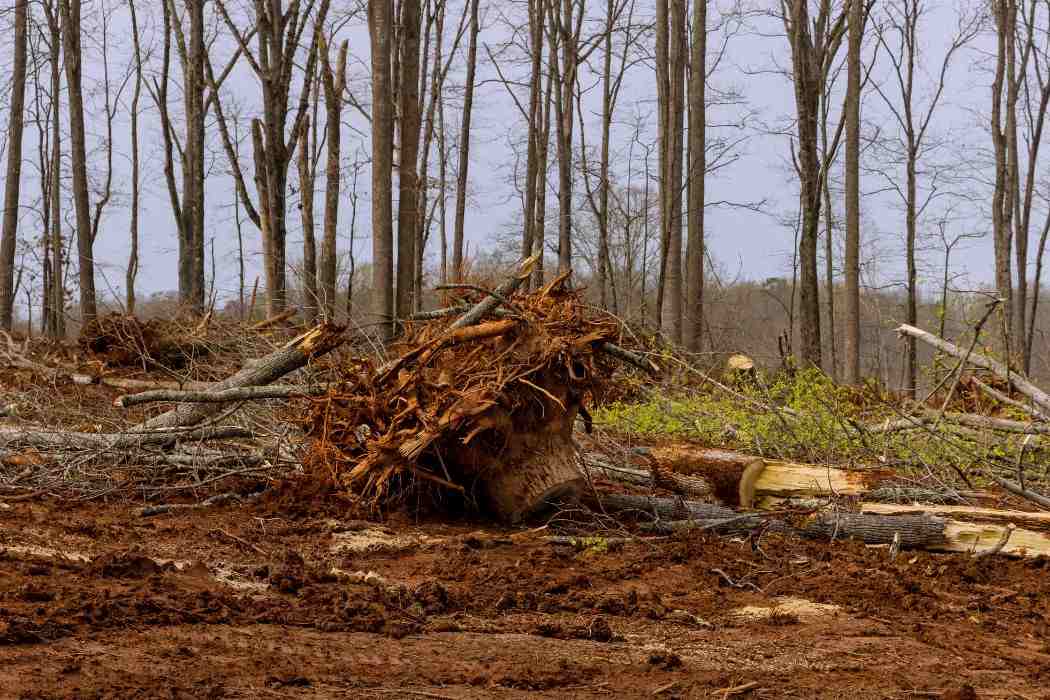Facing the hefty costs of tree removal can be as daunting as the towering trees themselves. But what if there were ways to prune these expenses without cutting corners on safety or quality?
In this article, we’ll explore tips to save money on tree removal, from timing your tree removal wisely to the art of negotiating with professionals.
We’ll also shed light on the do’s and don’ts of DIY tree removal, ensuring you make decisions that are both economically and environmentally sound.
To save money on tree removal, get multiple quotes, schedule during the off-season, and consider local services for better rates.
Smart Strategies To Save Money On Tree Removal
1. Get Multiple Quotes
When seeking to save on tree removal, a key strategy is to gather multiple quotes. This not only helps in finding the best deal but also in understanding the average costs in your area.
For instance, in Toledo, OH, All Seasons Tree Care offers a $100 discount on services over $1000, a significant saving for larger projects. Similarly, Tree Service Toledo Ohio provides prompt quotes and may have special, limited-time deals.
2. Schedule During Off-Season

Scheduling tree removal during the off-season can lead to substantial savings. In Northern VA, JL Tree Service offers a practical example of this a 15% winter discount for residential customers from December 1 to March 1.
This period, typically quieter for tree services, allows companies to extend discounts due to reduced demand, presenting an economical option for budget-conscious homeowners needing tree removal.
3. Negotiate the Price
Negotiating the price with tree removal services can be a key strategy in reducing costs. Armed with multiple quotes, you have the leverage to discuss and potentially lower the rates.
Service providers are often open to negotiation, especially when presented with competitive pricing from their peers.
4. DIY for Small Trees
Taking a DIY approach for small tree removal can be a cost-effective solution, especially if you have the necessary experience and tools. For trees less than five inches in diameter, self-removal can significantly cut costs.
However, it’s crucial to prioritize safety by using the appropriate equipment and following proper procedures. This method is ideal for those comfortable with hands-on tasks and looking to save on professional tree removal services.
5. Use Local Services
Utilizing local tree removal services can often lead to more favorable rates and flexible scheduling compared to larger chains. A prime example is JL Tree Service in Northern VA, which underscores the benefits of choosing local expertise. They offer a 10% discount to residential customers on all tree services.
This local business not only provides competitive pricing but also demonstrates a commitment to community engagement, making it a cost-effective and reliable choice for those seeking tree removal services.
6. Check for Discounts
When seeking tree removal services, it’s wise to inquire about available discounts, which can significantly reduce costs. For instance, Su-Tree Service, Inc. showcases the value of this approach with its range of offers.
They provide $100 off on services totaling $2000 or more, free stump grinding with tree removal, and complimentary mulch delivery. These discounts, catering to different needs, highlight the potential savings that can be achieved by simply asking about special offers.
7. Salvage and Sell Wood
Salvaging and selling wood from a removed tree can be an effective way to offset some of the removal costs. If the tree you’re removing is of good quality, the wood can be valuable. You can either sell it for lumber or use it yourself for various projects or as firewood.
This approach not only helps in recuperating a portion of the expenses but also promotes sustainable use of resources.
8. Remove Multiple Trees at Once

Removing multiple trees at the same time can lead to significant cost savings, thanks to bulk pricing options offered by many tree removal services.
When you have several trees that need to be taken down, consolidating the job into a single project can reduce the overall expense. Service providers often offer lower rates for larger jobs, as it’s more efficient for them to handle multiple trees in one visit.
9. Inquire About Free Removal Options
Exploring free removal options can be a smart financial move when dealing with trees that are near power lines or pose public safety risks.
Many local governments and utility companies offer complimentary tree removal services in such scenarios. This is because trees that threaten power lines or public safety are not just a concern for the property owner but also for the community at large.
10. Avoid Emergency Services
Planning your tree removal in advance and avoiding emergency services can lead to substantial cost savings. Emergency tree removal typically comes with a higher price tag due to the urgent nature of the work and the additional risks involved.
By conducting regular checks and maintenance on your trees, you can identify potential problems early and schedule removal under normal circumstances.
Conclusion
effectively managing the costs of tree removal requires a blend of strategic planning and informed decision-making. By obtaining multiple quotes, scheduling during the off-season, and leveraging local services, homeowners can significantly reduce expenses.
For the skilled and safety-conscious, DIY removal of small trees presents another cost-cutting opportunity. Additionally, exploring free removal options offered by local governments or utility companies for trees posing safety risks can lead to substantial savings.
By following these tips, homeowners can ensure safe, efficient, and cost-effective tree removal.
I’m Grayson Watson, your frugal companion and the brain behind this money-saving extravaganza. Strap yourself in, because we’re about to embark on a wallet-friendly adventure like no other. Learn More!

